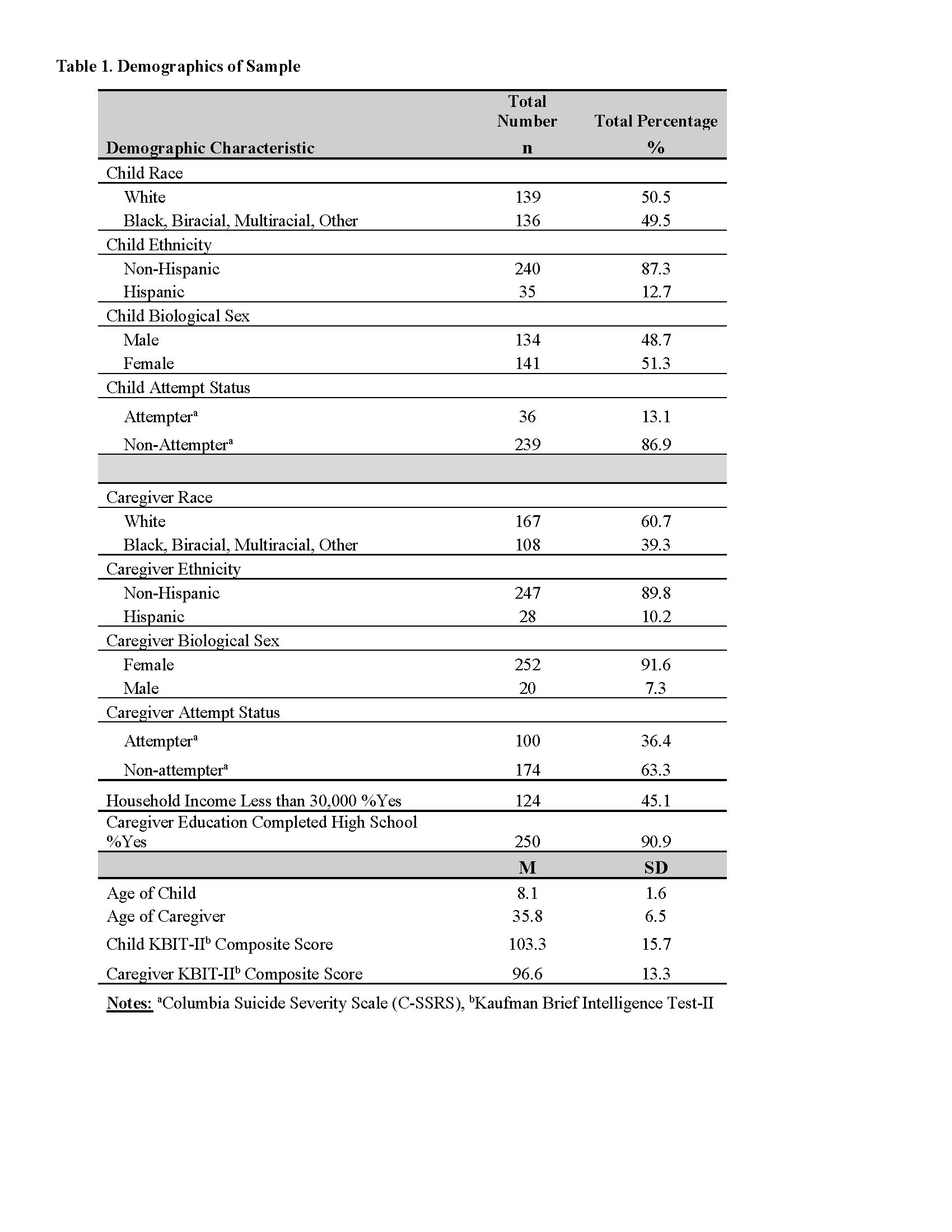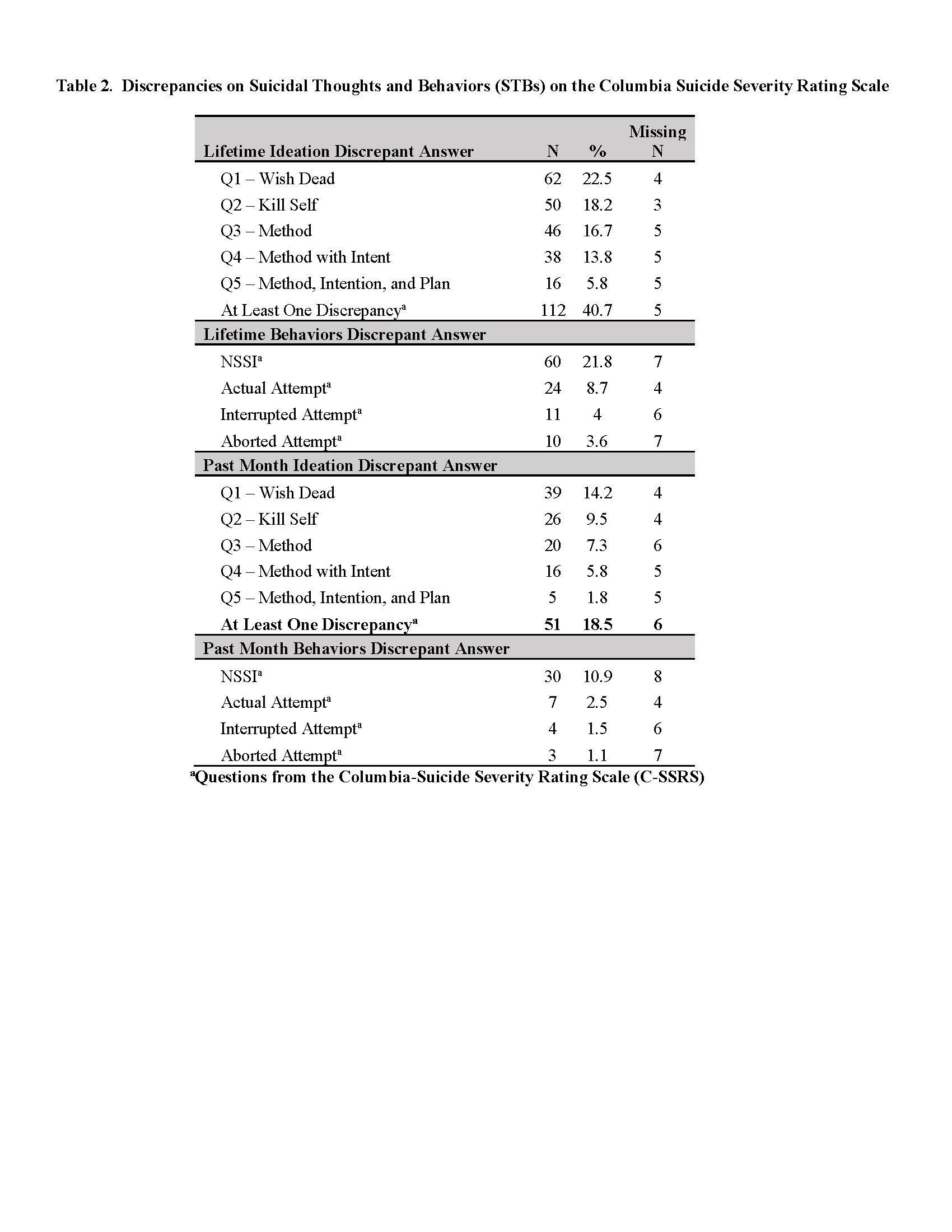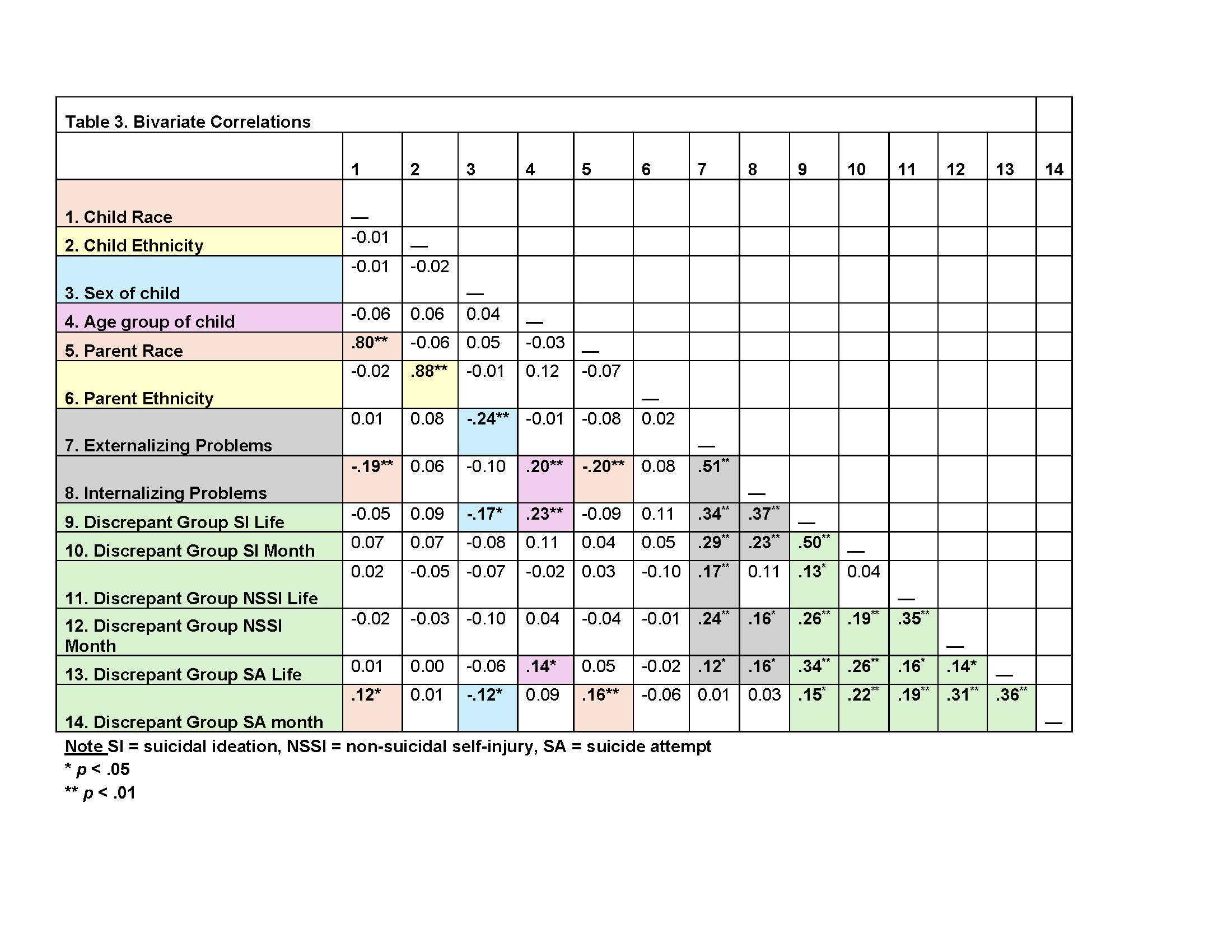Public Health & Prevention 1
Session: Public Health & Prevention 1
376 - Discrepancies in Reporting of Suicidal Behaviors: An Exploration in Preteen Youth
Sunday, April 27, 2025
8:30am - 10:45am HST
Publication Number: 376.4272
Arielle H. Sheftall, University of Rochester Medical Center, ROCHESTER, NY, United States; Jenson P. Rowan, Golisano Children's Hospital at The University of Rochester Medical Center, Rochester, NY, United States; Dakota Daniels, Golisano Children's Hospital at The University of Rochester Medical Center, Rochester, NY, United States; Rachel Missell-Gray, University of Rochester School of Medicine and Dentistry, Rochester, NY, United States; Allan B. Shikh, University of Rochester School of Medicine and Dentistry, Rochester, NY, United States

Arielle H. Sheftall, PhD (she/her/hers)
Associate Professor
University of Rochester Medical Center
ROCHESTER, New York, United States
Presenting Author(s)
Background: Preteen youth suicide, 5-12 years, has increased 110% from 1990 to 2022. Not only have deaths increase but ED presentations of self-harm have risen 821% from 2001 to 2022. Preteen suicidal thoughts and behaviors (STBs) are increasing, yet little is known about the risks/protective factors nor which reporter (caregivers vs. youth) should be the focus for prevention. Reporting of STBs show low to moderate agreement in adolescents and discrepancies are associated with longitudinal adverse events (e.g., drug use). Understanding discrepancies in preteen STBs reporting may help with the development of interventions and prevention programs for these youth.
Objective: To examine if STBs reporting discrepancies exist between preteens and caregivers and what risks are associated with these discrepancies.
Design/Methods: The sample included 275 dyads; youth 6-11 years (Table1). Dyads participated in the consent/assent process, completed interviews and self-reports. STBs were measured by the Columbia-Suicide Severity Rating Scale (C-SSRS), demographic information collected via caregivers, and Child Behavior Checklist 6-18 (CBCL) assessed internalizing/externalizing child behaviors. Youth were similar in sex, 49% male; 51% female, and racially diverse (51% White, 50% Black, Biracial, Multiracial, Other). Thirteen percent of youth had a history of suicide attempt (SA). Caregivers were majority female (92%), 36% had SA history, 61% were White, 39% Black, Biracial, Multiracial, Other. Interviews using C-SSRS were conducted in separate rooms for confidentiality purposes. Percentages, correlations, and exploratory logistic regression were conducted.
Results: Discrepancies were present on all items of C-SSRS (Table2). At least one discrepancy was found in 41% of dyads for suicidal ideation (SI) with the highest discrepancy seen on item1 (23%). When examining behaviors, the highest discrepancy was for NSSI (22%, 11%) followed by actual SAs (4%, 2.5%). Correlations found many significant associations (Table3). The highest correlation was found between parent-reported internalizing problems and SI lifetime discrepancy. Finally, exploratory logistic regression found for lifetime SI (Table4) and SA (Table5), age played a significant role for both, and internalizing/externalizing was associated with SI only.
Conclusion(s): STB discrepancies were found for preteen youth and caregivers and were associated with differing risk factors dependent upon STB observed. Pediatricians should discuss the presence of STBs with both youth and caregivers when determining next steps. Getting both sides of the story is detrimental to save lives.
Demographic Characteristics of the Sample

Discrepancies between preteen youth and caregivers on STBs

Correlations between STB discrepancies, internalizing/externalizing behaviors, and demographics


